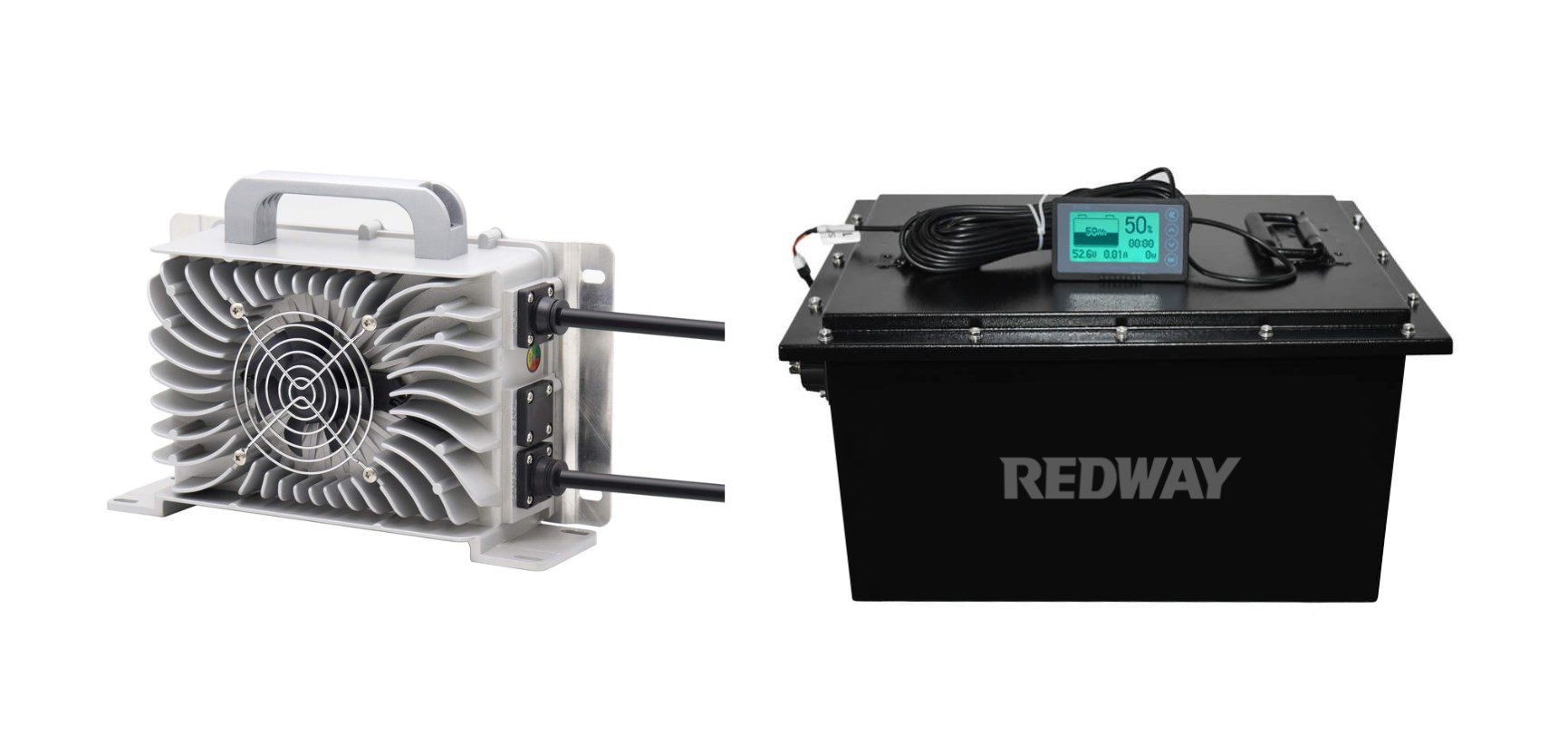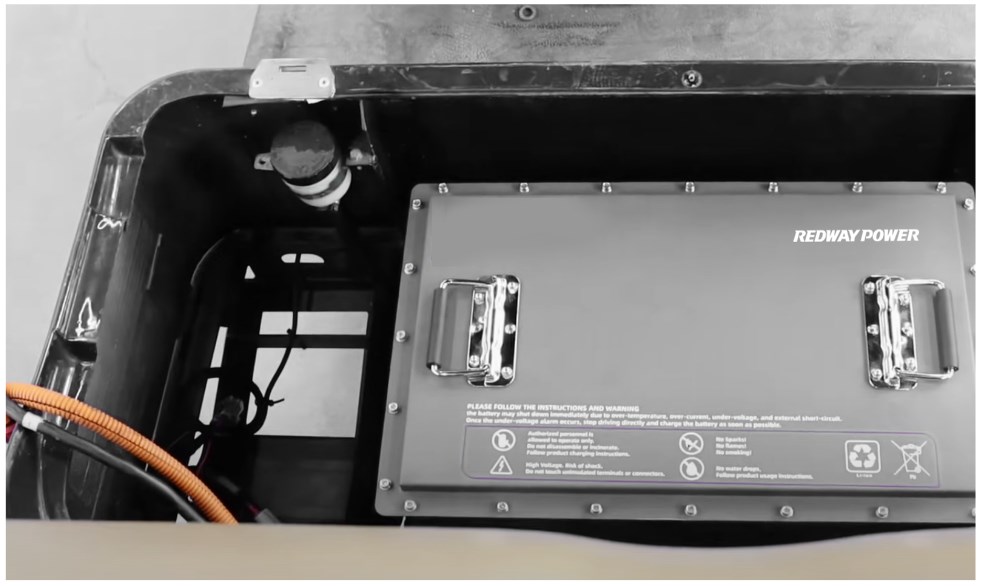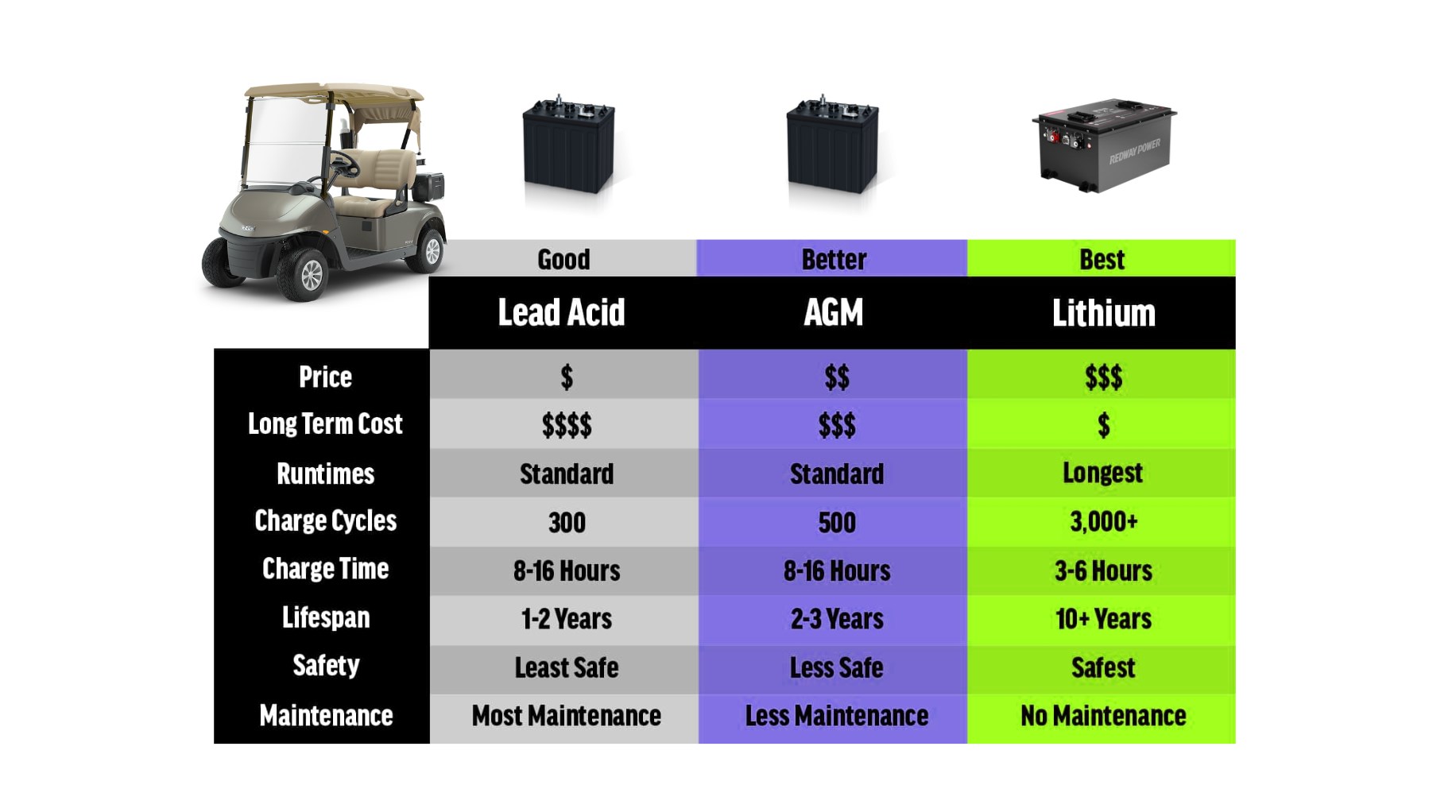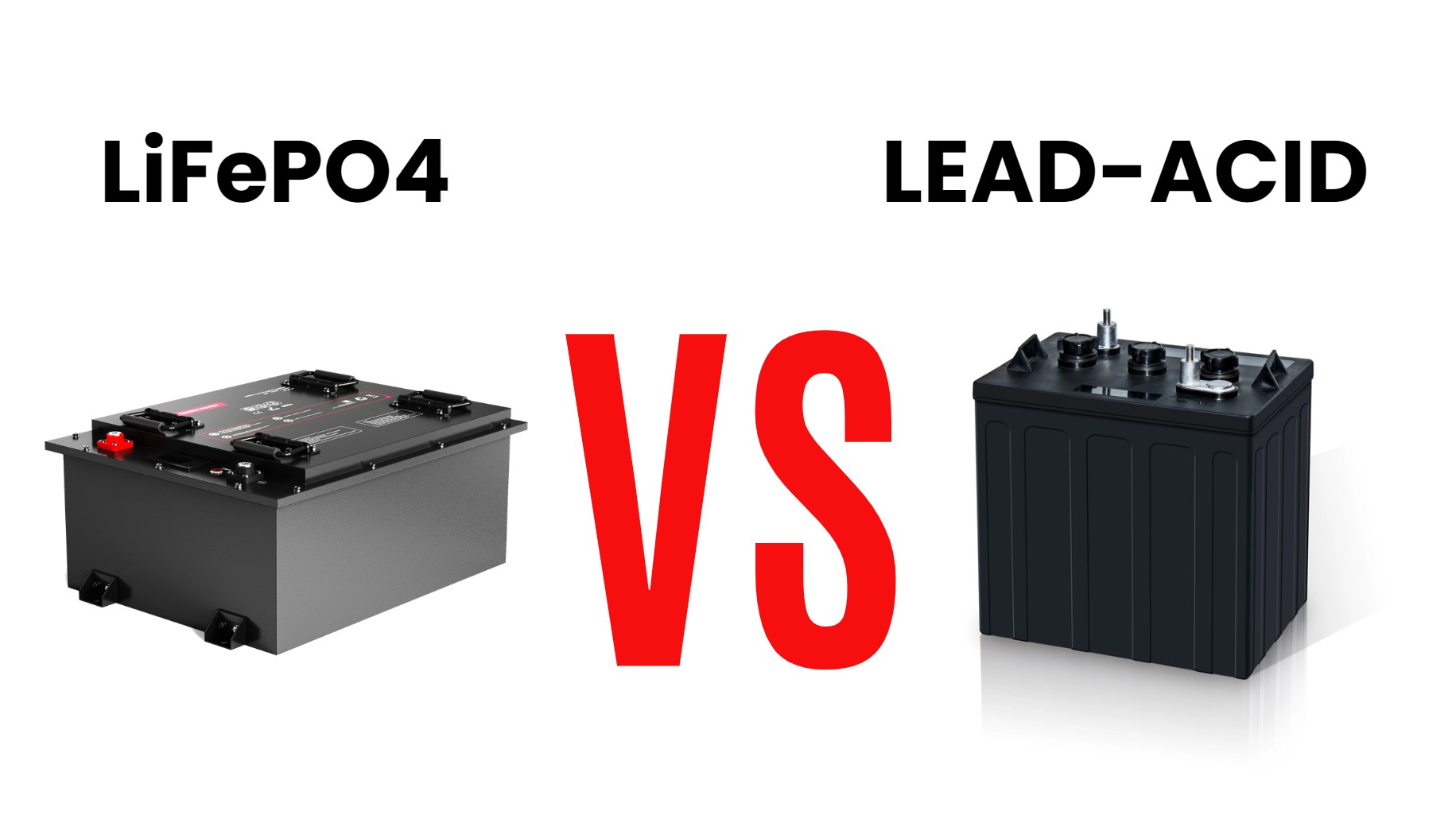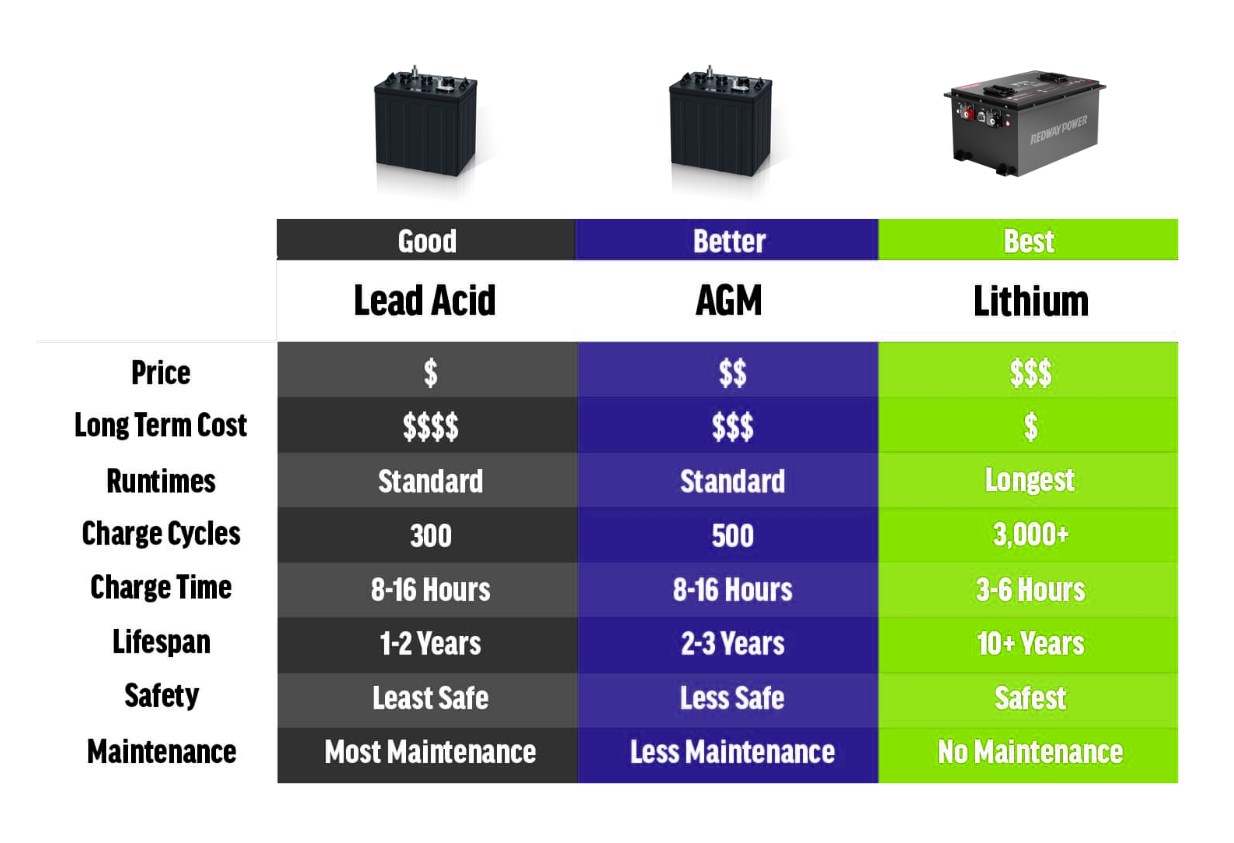How Do You Maintain LiFePO4 Golf Cart Batteries?
Lithium iron phosphate (LiFePO4) golf cart batteries are a type of rechargeable lithium-ion battery known for their safety, stability, and long lifespan. These batteries are increasingly popular in electric golf carts due to their ability to deliver consistent power while requiring less maintenance than traditional lead-acid batteries.
Why Is Maintenance Important for LiFePO4 Batteries?
Regular maintenance is crucial for maximizing the lifespan and performance of LiFePO4 batteries. Proper care ensures optimal efficiency, reduces the risk of malfunctions, and helps avoid costly replacements, making it essential for any golf cart owner.
How Should You Charge LiFePO4 Golf Cart Batteries?
To maintain your LiFePO4 batteries:
- Use a charger specifically designed for lithium technology.
- Avoid deep discharges; charge before the battery reaches 20% capacity.
- Regularly check charging voltage to ensure it stays within recommended limits.
What Regular Inspections Should Be Conducted?
Regular inspections should include:
- Checking terminals and connections for corrosion or wear.
- Monitoring the physical condition of the battery casing for cracks or swelling.
- Ensuring that all connections are secure to prevent energy loss.
How Do You Keep LiFePO4 Batteries Clean?
Keeping your batteries clean involves:
- Wiping down the battery casing with a damp cloth to remove dirt and grime.
- Ensuring that terminals are free from corrosion by cleaning them with a mixture of baking soda and water if necessary.
- Avoiding harsh chemicals that could damage the battery.
Know More:
How Do You Maintain LiFePO4 Golf Cart Batteries?
What Routine Maintenance is Required for LiFePO4 Golf Cart Batteries?
How Should LiFePO4 Batteries Be Stored When Not in Use?
What Are the Best Practices for Charging LiFePO4 Golf Cart Batteries?
What Are the Best Practices for Storing LiFePO4 Batteries?
For optimal storage:
- Store batteries in a cool, dry place away from direct sunlight.
- Maintain a charge level between 30% and 50% if storing long-term.
- Check periodically to ensure they remain within this range.
How Do Environmental Conditions Affect Battery Maintenance?
Environmental factors such as temperature can significantly impact battery performance; extreme heat can accelerate degradation while cold temperatures can reduce efficiency. Proper management systems help mitigate these effects by monitoring conditions and adjusting usage accordingly.
What Common Mistakes Should Be Avoided When Maintaining LiFePO4 Batteries?
Common mistakes include:
- Allowing deep discharges frequently, which can damage the battery.
- Using incorrect chargers that do not match the specifications required by LiFePO4 technology.
- Neglecting regular inspections, which can lead to unnoticed issues that may worsen over time.
What Tools Are Needed for Battery Maintenance?
Essential tools include:
- A multimeter to check voltage levels.
- A hydrometer (if applicable) to measure specific gravity in some lithium chemistries.
- Cleaning supplies such as a soft cloth and mild cleaning solution.
How Do You Monitor Battery Health Over Time?
Monitoring health involves:
- Keeping track of charge cycles and performance metrics through a battery management system (BMS).
- Observing any changes in capacity or charging times, which may indicate degradation.
What Are the Indicators of a Failing LiFePO4 Battery?
Signs of a failing battery include:
- Reduced capacity or range compared to previous performance.
- Swelling or physical deformation of the battery casing.
- Frequent error messages from the BMS indicating faults or imbalances.
Expert Views
“Maintaining your LiFePO4 batteries is crucial not just for performance but also for safety,” states an expert from Redway. “By following best practices, users can significantly extend their battery life while enjoying reliable power.”
Conclusion
In summary, maintaining lithium iron phosphate (LiFePO4) golf cart batteries involves understanding charging practices, conducting regular inspections, keeping them clean, and monitoring their health over time. By adhering to these maintenance guidelines, users can maximize performance and longevity while ensuring safe operation.
FAQ Section
- What is the best way to charge my LiFePO4 golf cart battery?
Use a charger designed specifically for lithium technology and avoid deep discharges by charging before reaching 20% capacity. - How often should I inspect my LiFePO4 batteries?
Regular inspections should be conducted every few months or more frequently if used heavily. - Can I store my LiFePO4 batteries outside?
It’s best to store them indoors in a cool, dry place away from direct sunlight to prevent damage.









